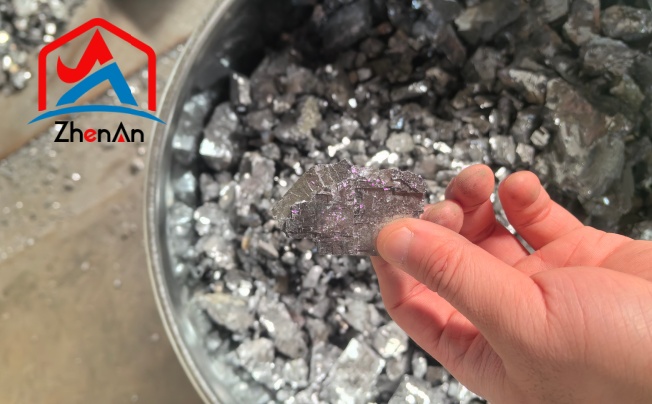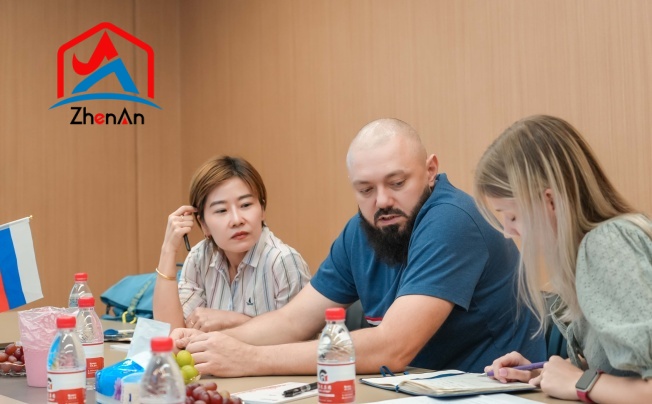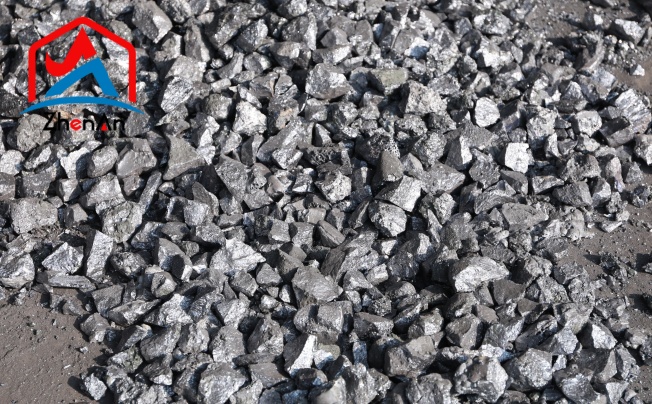Introduction to the main characteristics and production process of niobium crucibles
Material and characteristics:
Niobium crucibles are made of high-purity metal niobium, which has strong resistance to high temperature and deformation, and a melting point of up to 2468℃. Niobium has stable chemical properties at room temperature, does not react with air, inorganic acids or alkalis, and is insoluble in aqua regia, but is soluble in hydrofluoric acid.
Production process:
According to different processing methods, it can be divided into four types: stamping, machining, sintering and welding. The stamping process has moderate cost and high dimensional accuracy; the machined crucible has excellent mechanical properties, but the cost is high; the sintering process is suitable for the production of medium and large crucibles; the welding process has low cost and is suitable for industries with loose dimensional requirements.
Niobium crucible classification introduction
Stamped niobium crucible
Stamped niobium crucible is to select high-quality niobium plate or niobium foil, use suitable molds for single or multiple stamping production, and finally produce qualified products. This process has moderate cost, high dimensional accuracy, relatively high mechanical properties, and is suitable for the production of small and medium-sized crucibles.
Processing niobium crucible
The mechanical processing of niobium crucible is to select high-quality niobium rods, and finally produce qualified niobium crucibles through turning. The niobium crucible produced by this process has excellent mechanical properties, but a large amount of niobium material is wasted, and the price of niobium material is relatively expensive, so the cost of niobium crucible is relatively high.
Sintered niobium crucible
Sintered niobium crucible is to select suitable niobium powder, press it through isostatic pressing technology, and then perform vacuum high-temperature sintering to produce niobium crucible blanks, and then cooperate with mechanical processing to finally produce the required size. This process is suitable for the production of medium and large niobium crucibles.
Welding niobium crucible
Welding niobium crucible is to roll niobium plates or niobium foils of appropriate size, weld them at the joints, weld the round plate at the other end of the cylinder, and finally perform appropriate surface and weld treatment, size correction, and finally produce qualified crucibles. The production cost of this process is low and it is suitable for industries where the crucible size requirements are not strict.
Main applications of niobium crucibles
High-temperature smelting: Niobium crucibles can be used to smelt high-purity metals and alloys, such as titanium alloys, high-entropy alloys, etc. Its high temperature resistance and deformation resistance make it an ideal smelting container.
Rare earth smelting: In the extraction and refining process of rare earth elements, niobium crucibles can withstand high temperature environments and have good corrosion resistance.
High-temperature sintering: The material tray used for high-temperature sintering can withstand high temperatures and maintain stable shape.
Superconducting applications: Niobium has good superconducting properties and is one of the commonly used superconducting materials. In low-temperature superconducting applications, such as the manufacture of superconducting magnets or low-temperature physics experiments, niobium crucibles can exert their superconducting properties.
Sputtering and evaporation: In the electronic semiconductor industry, niobium crucibles can be used in sputtering evaporation containers for the preparation of thin film materials.
Nuclear industry: Since niobium has a low capture cross section for thermal neutrons, it also has important uses in the nuclear industry.






